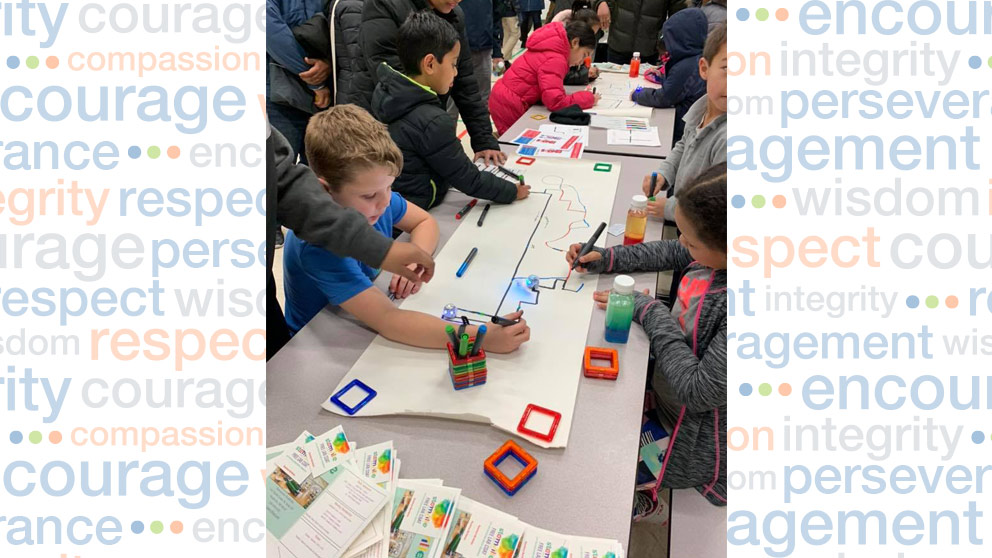#STEM is now #STEAM
Amber Brandt
Amber Brandt
Articles by Amber
-
Healthy and Warm Food Ideas for Cold Days
Published: Mar 19, 2024
-
Dispelling Test Taking Myths (at Every Age)
Published: Mar 19, 2024
-
How to Keep Kids Engaged Before Spring Break
Published: Feb 20, 2024
-
4 Ways to Cultivate a Positive Body Image
Published: Feb 06, 2024
For several years, great emphasis has been placed on incorporating STEM-based initiatives into classrooms across the country. This push to integrate more “Science, Technology, Engineering and Math” has helped educators find new and innovative ways to present curriculum, creatively blurring the lines between the four subjects to demonstrate how they work in tandem, and a fresh approach to future careers students can consider.
According to the American Society for Engineering Education, these are the characteristics present in a quality STEM program:
- The context is motivating, engaging, and real-world.
- Students integrate and apply meaningful and important mathematics and science content.
- Teaching methods are inquire-based and student-centered.
- Students engage in solving engineering challenges using an engineering design process.
- Teamwork and communications are a major focus. Throughout the program, students have the freedom to think critically, creatively, and innovatively, as well as opportunities to fail and try again in safe environments.
While STEM has provided new exploration, many critics have long believed the process of creativity and ingenuity was missing from the core lineup. So today, STEM is picking up more STEAM — as in, the integration of Art! According to Steam Portal, “STEAM takes STEM to the next level: it allows students to connect their learning in these critical areas together with arts practices, elements, design principles, and standards to provide the whole pallet of learning at their disposal. STEAM removes limitations and replaces them with wonder, critique, inquiry and innovation.”
STEAM gets practical
What could STEAM look like in everyday life? Here are a few examples:
- Vocabulary in motion. Why simply study a list of spelling words when you can theatrically act them out?
- Make it tasty. Remember Home Ec? Baking everything-pumpkin is science!
- Put nature on paper. Take a quick walk around the neighborhood or in a nearby park. Then encourage your child to go home and draw a picture of their favorite part.
- Get shutter happy. Introduce creative photography with your smart phone. Read up on these cellphone photography basics then pass along your favorites to the kids.
- Learn and create. Choose an outdoor element pertaining to the season you’re in, talk about the science behind it and create an art project around it. For example, make a pumpkin catapult, create a symmetrical “snowflake” by gluing white craft supplies to paper, make spring rainbows or pause your s’more making to build marshmallow bridges instead.
- Hop online. Do you feel the wheels turning? For nearly endless ideas on making STEAM accessible, search Pinterest.




